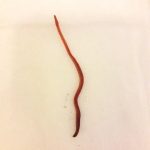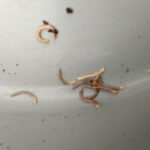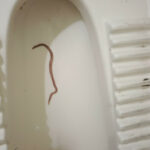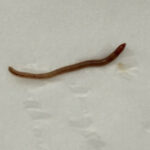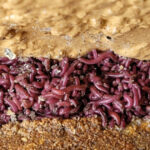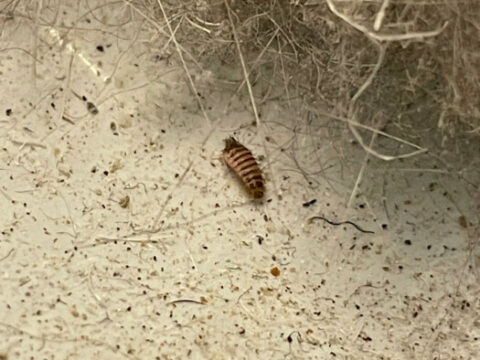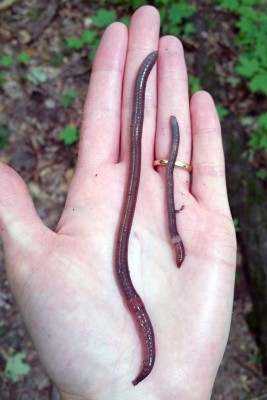
Welcome to the next installment in the earthworm series. This is the second in a set of three, which aims to provide a brief overview of some of the most notable and often-discussed species of earthworms. If you have not read the first article, we covered the common earthworm and the tiger worm in that one. In this sequel, we will be looking at pheretima earthworms and the Asian jumping worm. These two species are pretty well-established in the helminthology world, though sources on the pheretima earthworm seem to provide conflicting accounts about their physical characteristics.
The pheretima earthworm seems to elude a lot of helminthologists in terms of what is actually true and what is not about them. The simple explanation here is that ‘Pheretima’ is actually a genus, meaning there are several species of pheretima earthworms. The issue is that many sources do not differentiate between the species, even though there are significant differences between them. In general, it can be said that, like all earthworms, pheretima earthworms feed on decaying organic matter. That much everyone can agree on. In fact, a lot of sources do corroborate some of the same information, that the worm can reach “150 mm in length” (5.9-inches) and that one end of the worm is pointed while the other is blunt, yet photos of the worm range from skinny, pink-brown worms that look almost identical to the common earthworm, to thick, long, dark brown-to-black worms. Interestingly, although the common earthworm can grow to longer lengths than the pheretima (14-inches versus 5.9), the pheretima earthworm is often depicted as being much larger. It could be that pheretima earthworms are thicker, or perhaps this is just a trick of the camera angles or lighting. That said, some sources claim they can reach “300 mm in length” (approximately 11.8-inches). Interestingly, the two aforementioned sources actually refer to the same species here (Pheretima posthuma). Pheretima earthworms are native to New Guinea, but can be found all over, particularly in southern Asian countries. Notably, the National Library of Medicine has published a paper on the potential benefits of “pheretima earthworm extract in promoting bone regeneration“.

Now, fortunately for us, the Asian jumping worm is not as controversial a worm as the pheretima. That said, they are generally not well-liked. This is entirely due to the unique behavioral characteristic they are named after. When disturbed or threatened, these guys will leap into the air, and squirm about frantically, at a speed which is otherwise unrecognizable in other species of earthworms. It is this seemingly uncharacteristic behaviour of a worm which gives a lot of people quite a fright when they encounter a jumping worm; they might think they have stumbled upon any old earthworm after all! And like most species of earthworms, they have the same segmented bodies with a clitellum, though they do range quite a bit in color, from clay to dark brown, and their clitellums are far more prominent, as it tends to be many shades lighter than the rest of their bodies. As their name suggests, Asian jumping worms are endemic to the continent of Asia, though they have spread to other corners of the world. Unfortunately, they are considered an invasive species, and have been known to be quite damaging to ecosystems, as they feed at a much faster rate than the common earthworm, meaning that they strip soil systems faster than they can be replenished. In fact, the New York State Department of Environmental Conservation “ bans the possession of jumping worms” , and many states encourage hunting these worms because they have become such a problem.

In conclusion, this has been the second installment in our earthworm series. We hope it has proven to be an enjoyable one, and that our readers have learned a bit more about this incredibly diverse class of annelids. If our readers have any particular requests about specific earthworm species they would like us to cover, we encourage leaving suggestions in the comments section below!
All About Worms is always free, always reader-supported. Your tips via CashApp, Venmo, or Paypal are appreciated! Receipts will come from ISIPP Publishing.
You might also find these guys interesting!





